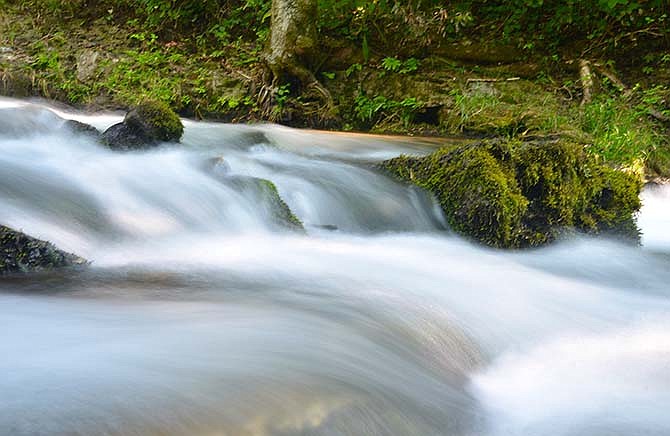The Clean Water Act has been stirring up some controversy in Missouri lately.
As is so often the case, most of the concern is rooted in confusion. I recently visited Washington, D.C., to meet with legislators and leaders of national conservation organizations to discuss the importance of the Clean Water Act.
In 1972, the waters of the United States were in serious trouble. Pollution was rampant. Certain rivers were actually catching fire. Wetlands were being lost at an alarming rate. Lakes were being used as dumps for sewage and material waste. Protection of our nation's water needed serious attention. The answer was President Richard Nixon's "Clean Water Act," which was a major overhaul of the 1948 Federal Water Pollution Control Act.
According to the Environmental Protection Agency (EPA), the Clean Water Act establishes the basic structure for regulating discharges of pollutants into the waters of the United States and regulating quality standards for surface waters.
For nearly 30 years, the Clean Water Act worked to protect and purify the waters of the United States. Then in 2001, the Supreme Court decided certain intrastate ponds aren't navigable waters. In 2006, the Supreme Court struck again, derailing protections of wetlands that aren't permanent waters connected to navigable waterways.
So now for the last decade, we've been left with protection on waters downstream, but not on headwater streams. It makes no sense. Once a waterway is polluted at its source, don't you think that pollution is going to flow downstream? And if multiple headwater streams running into the same river are polluted, then what do you think happens to that river?
A common rumbling about the Clean Water Act is the EPA is going to regulate farmers' ditches. For the most part, this is not true. There is a lot of confusion over what will and will not be regulated. The very basic explanation is, if the water, whether it runs all year or not, connects to waters downstream, then it will be covered. So if an agricultural ditch running through a field dumps into a stream that dumps into a river, then yes, that water will be covered. But if it's just an upland ditch that drains into a field or farm pond, then it won't be.
The rule reads these waters will not be covered: waste treatment systems, prior converted cropland, ditches excavated wholly in uplands that only drain uplands, ditches that do not contribute flow to downstream waters, artificially irrigated areas, manmade lakes and ponds, water-filled depressions, gullies, rills and non-wetland swales. And swimming pools and birdbaths are exempt from regulation, too.
There is also worry about the permitting process. The only activities that need a permit are those that involve dumping or discharging a pollutant from a point source into water covered by the plan.
Another point of confusion is about intermittent and ephemeral streams. Intermittent streams hold water part of the year, typically during wet portions. Ephemeral streams only flow during and right after rainfall. These waters fall under the same rules as perennial waters that flow year-round. If they connect to downstream waters, they are covered and should be.
I know some of you reading this column think EPA is a dirty word. You don't think more regulation is the answer. Like you, I wish we didn't need the government to keep people from polluting our water. I wish people cared enough about each other and our natural resources to do the right thing on their own, but unfortunately history has proven otherwise. So we must have strict water regulation.
The proposed rule falls short of reinstating all the protections of the Clean Water Act prior to 2001, so it will actually shrink the historic version. Certain wetlands and prairie potholes that are critical to waterfowl do not connect downstream, so they will not fall under protection. This is a disappointment, but passing this proposed version of the Clean Water Act is at least a step in the right direction.
The EPA estimates 2.5 million Missourians receive a portion of their drinking water from supplies fed by intermittent and ephemeral streams. Those dry creek beds may not look like much in August, but when you consider they contribute to the water your kids are drinking, they quickly become a whole lot more important.
Take sometime to learn the facts about the Clean Water Act. I believe you'll quickly understand its importance.
See you down the trail ...
Brandon Butler is an outdoors columnist for the News Tribune. Contact him at [email protected].

